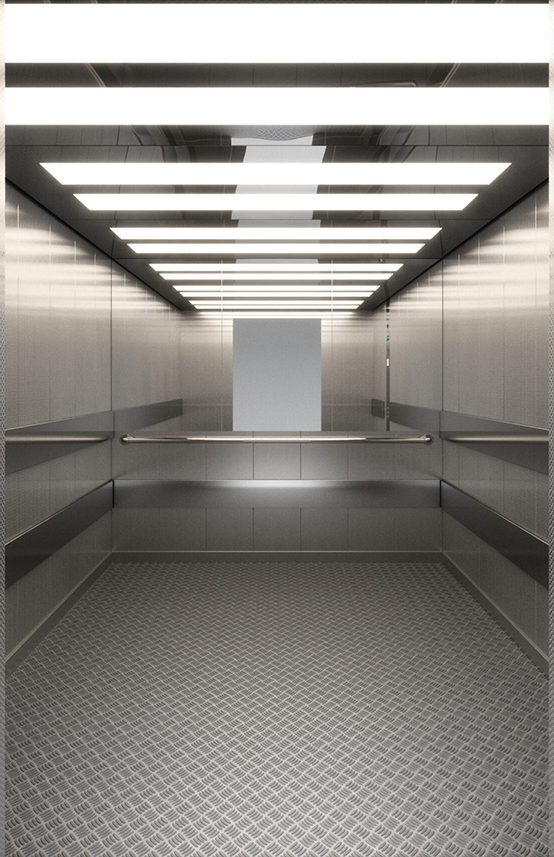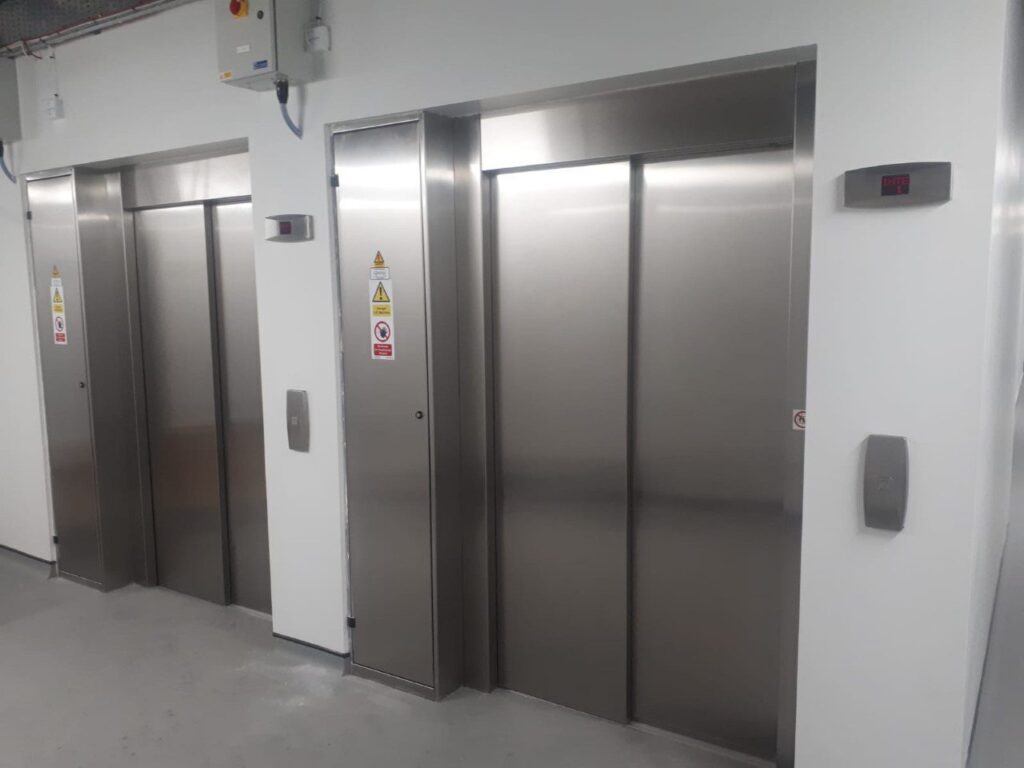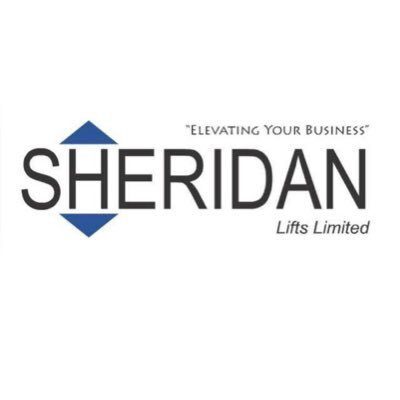We’re told that we should all use the stairs more, instead of relying on lifts and elevators all the time. This is for the sake of people’s
LEARN MORESave money and reduce your carbon footprint with our range of modern energy-saving lifts, designed to help your business become more energy-efficient.
One of the best ways to reduce your business’s energy consumption is by reviewing the energy efficiency of your lift. Sheridan Lifts offer the most energy-efficient lift installations on the UK market, all of which meet BREEAM (Building Research Establishment’s Environmental Assessment Method) standards.



